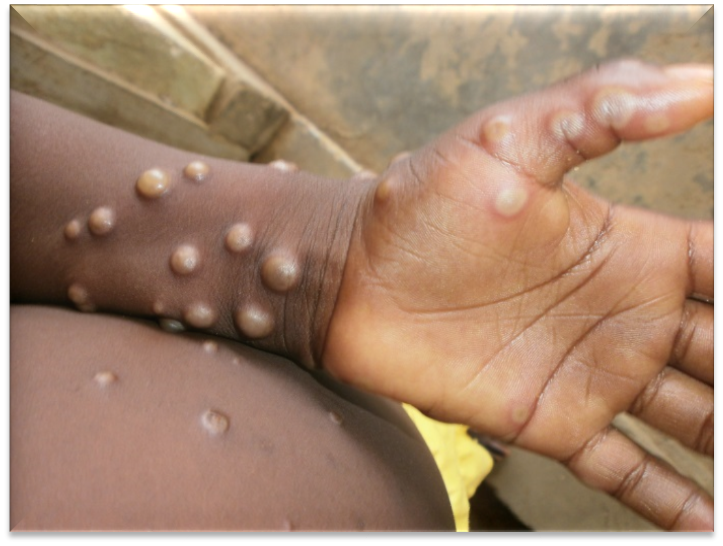
Margaret Harris, spokesperson for the World Health Organization (WHO), reported that the Mpox virus is spreading faster than before and has a higher mortality rate.
Harris made these remarks during a weekly press briefing at the United Nations Geneva Office.
The Mpox virus is spreading faster than before and has a higher mortality rate.
Margaret Harris, spokesperson for the WHO
Harries noted that it is particularly dangerous for those with weakened immune systems and children.
She mentioned that there is currently no specific treatment for Mpox, but supportive treatments are used for patients infected with the virus.
Harris underscored the transmission of Mpox cases through contact, advising infected individuals to exercise caution in their interactions to halt further transmission.
She pointed out that Sweden's reporting of its first Mpox case shows that the surveillance system is effective, saying, "Sweden was transparent about the first identified case, and other countries should follow this path."

WHO Director-General Tedros Adhanom Ghebreyesus decided to convene the WHO Emergency Committee on August 14 in response to the potential for increased international spread of the Mpox virus in Africa and other regions.
The WHO Emergency Committee met today and advised me that the situation with the Mpox virus constitutes a public health emergency of international concern. I accepted this recommendation.
Tedros Adhanom Ghebreyesus, WHO Director-General
The African Union has declared a continent-wide public health emergency in response to the rapidly spreading Mpox virus in African countries.
Rodents such as rats and squirrels, as well as infected individuals, can transmit the Mpox virus. Key transmission methods include touching skin lesions caused by the virus, using clothing, bedding, towels, and other items contaminated with these lesions, and coming into contact with body fluids.
Initial symptoms can appear 5 to 21 days after infection. The virus typically causes high fever, headache, back and muscle pain, swollen lymph nodes, fatigue, chills, shivering, and skin lesions similar to chickenpox.
There is no specific treatment for the disease, but supportive treatments are used that include antiviral medications. Most cases are mild and recover within a few weeks.
The WHO renamed the disease from "Monkeypox" to "Mpox" in 2022 due to concerns about racism and discrimination.